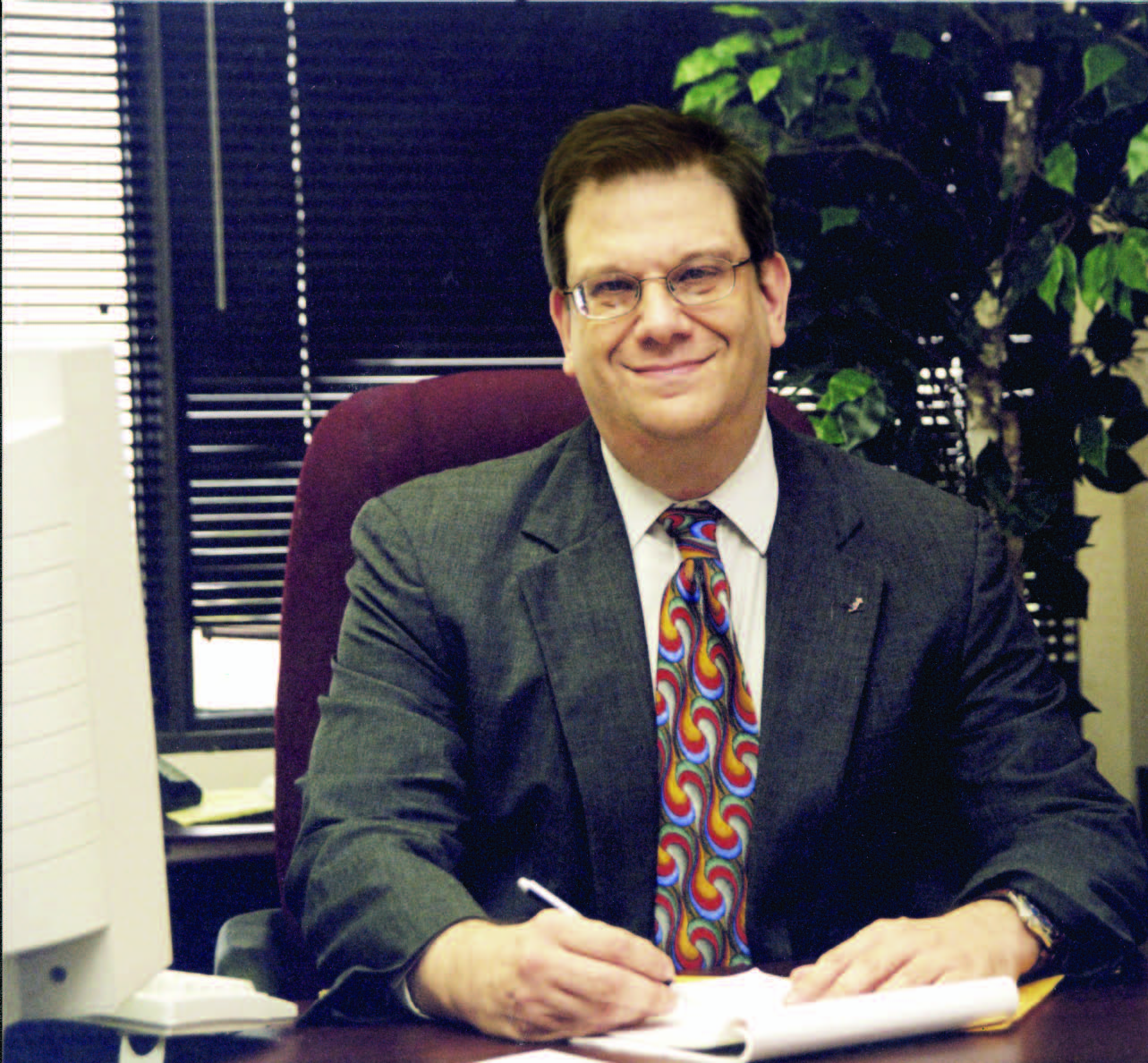July 2009 Vol. 236 No. 7
Editor's Notebook
Editor's Notebook: What They Didn't Say

If you’re like me, you’re curious about the deal that ExxonMobil (XOM) struck with TransCanada (TC) to participate in the Alaskan natural gas pipeline project.
The deal was announced on June 11 but hints about something between the two companies had been circulating for the past two months.
They held a teleconference after the announcement, but in typical XOM fashion, there were more questions than answers. This much they did say: XOM will participate in all aspects of TransCanada’s version of the project, sharing technical, commercial, regulatory and financial information. TC remains majority owner. Under the Alaskan Gas Inducement Act (AGIA), in 2007 TC received a license from the state to move forward on building the pipeline.
Marty Massey, XOM’s point man for the project, was asked why XOM rejected Denali, the competing project of BP and ConocoPhillips. All he said was that XOM decided AGIA offers “the best chance for success and to bring all parties together.”
This, despite having spent millions assembling a preliminary project plan with its fellow majors several years ago and lobbying with them to gain favored tax treatment from the state (a plan that never reached the Alaskan legislature).
XOM and TC will double their spending for preliminary work to $150 million. TC is entitled to $500 million in incentive funds from the state. XOM has no plans to seek part of that subsidy. That’s about all they said about funding. Here is where it gets interesting. XOM still must make a deal with the state on royalty incentives. This is something that until recently Gov. Palin seemed unwilling to discuss. Nor is XOM ready to indicate how much it may eventually invest in the project, which will cost at least $30 billion.
The next big step is in 2010, with TC (and Denali) planning crucial open seasons in which they will need to sign up shippers. It would then take several more years before the boards formally commit the billions necessary for construction. By the way, Palin stands for re-election in 2010.
Meanwhile, XOM is embroiled in a nasty dispute to retain its valuable leases at Point Thomson, which Alaska revoked after years of inaction by producers. XOM, majority owner of the disputed leases, and its partners have insisted Point Thomson cannot be developed until a gas pipeline is built from the North Slope.
Is TC merely subcontracting work out to XOM, as one Alaskan legislator suggests? Is XOM’s announcement a ploy to restore its Point Thomson leases?
Denali has been working hard on its preliminary design plans. It’s awarded an engineering contract to Bechtel that includes the pipeline and associated compressor stations from the North Slope to Alberta. Denali also awarded an engineering contract for the gas treatment plant to Fluor WorleyParsons Arctic Solutions. Denali has also pledged to increase its spending this year.
While Denali may have been dismayed by XOM’s announcement, they’re not going away. Whether they continue on their own or join TC and XOM is anyone’s guess.
In the midst of this came a report June 18 that the amount of natural gas available for production in the U.S. has soared 58% in the past four years. According to the Potential Gas Committee, the U.S. has 2,074 Tcf still in the ground. Alaska has 193 Tcf of natural gas that could be recovered, about 11% of the gas available nationally. The Alaska estimate hasn’t changed for several years due to the minimal amount of gas exploration.
Understand this: in 2018 (when Massey predicted the pipeline would be completed) America will need all of the natural gas it can get. Indeed, by 2030, it’s expected that demand for natural gas will rise 40%.
This much we can say with assurance: the Alaskan pipeline has taken a step forward. Whether it’s a baby step or a giant one is yet to be determined.





Comments